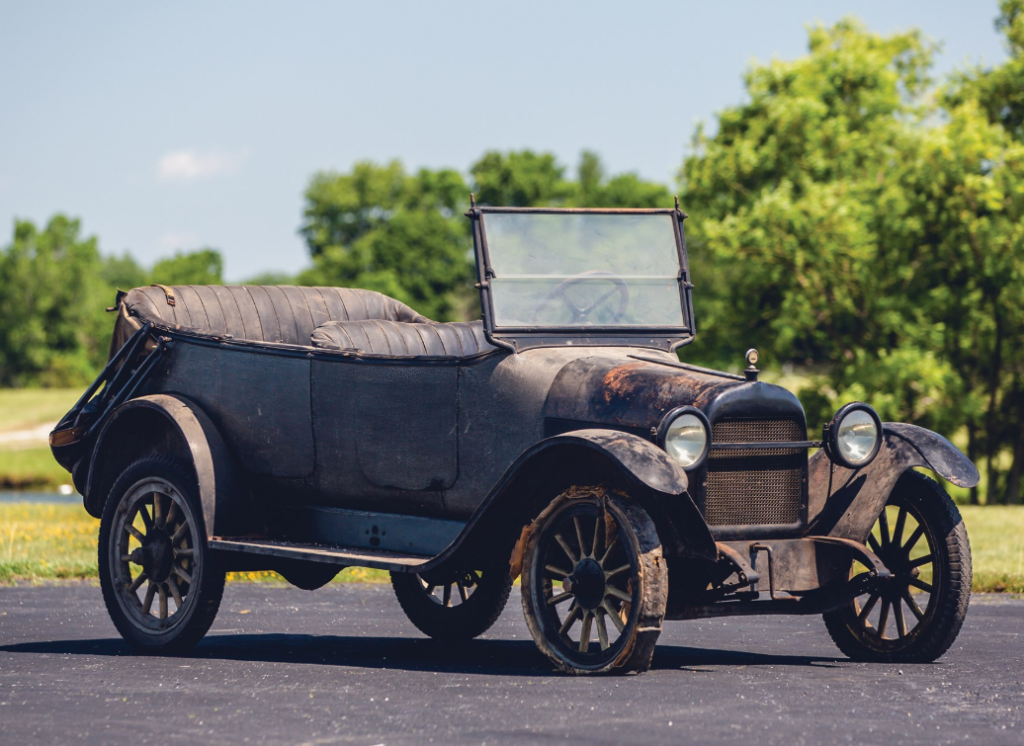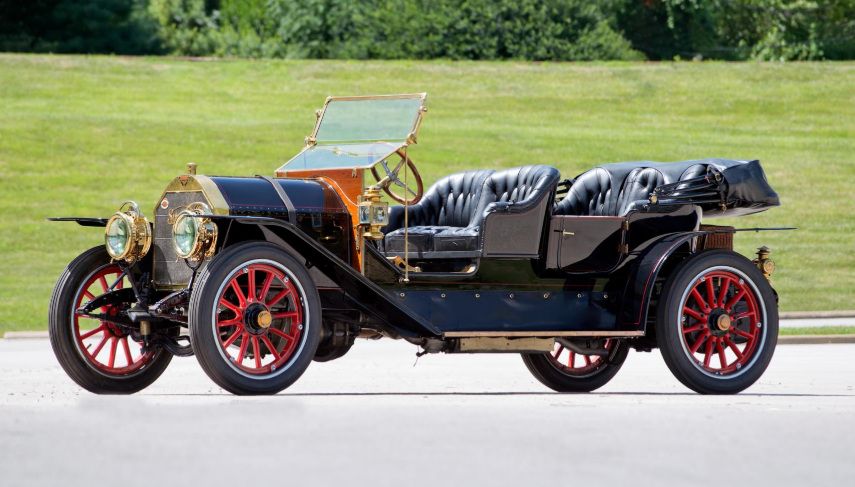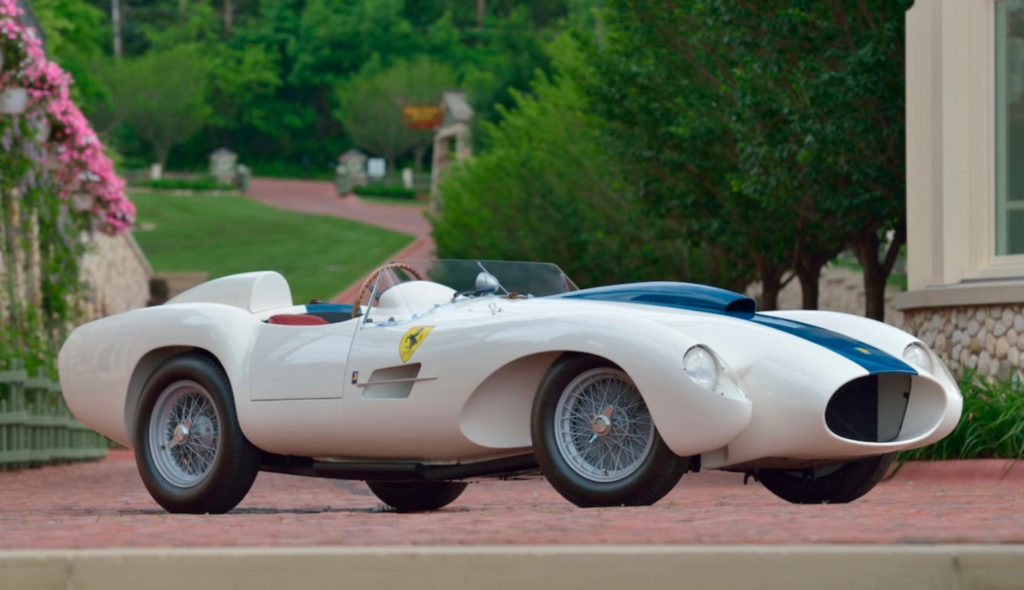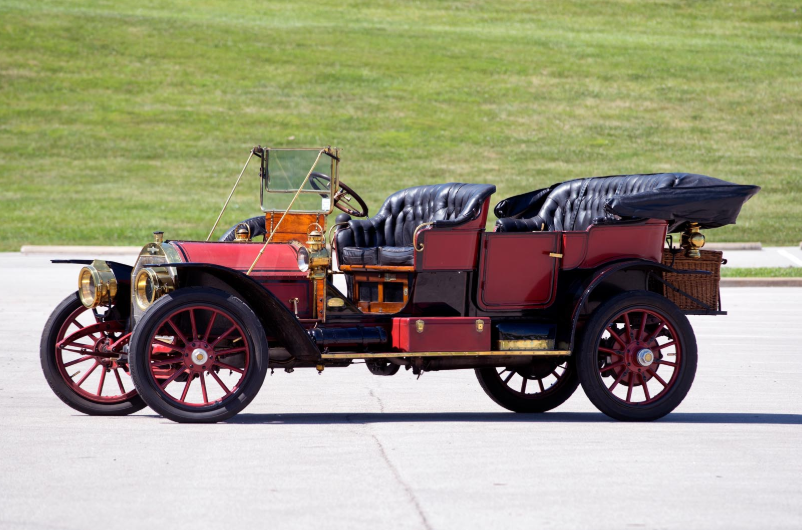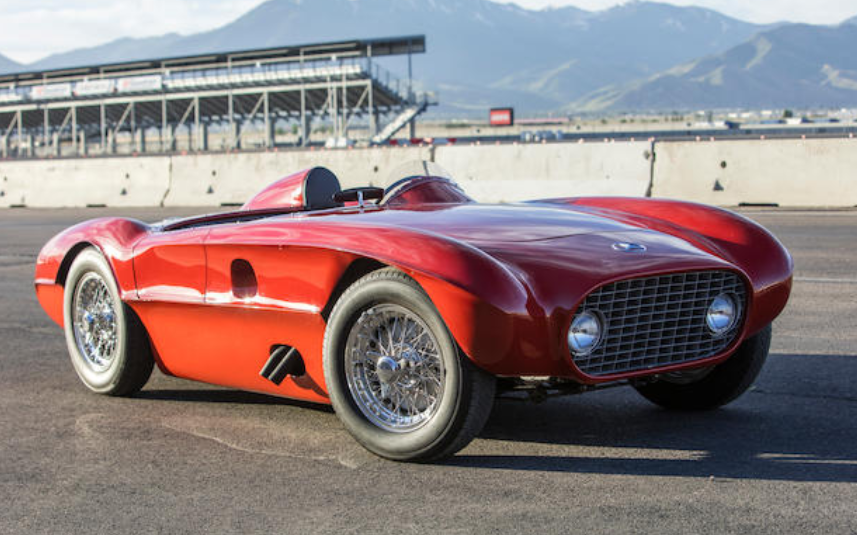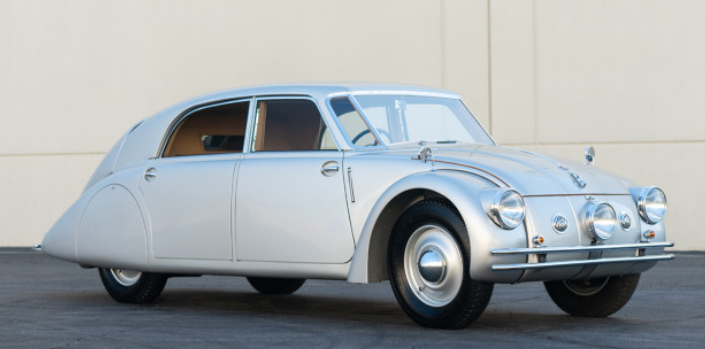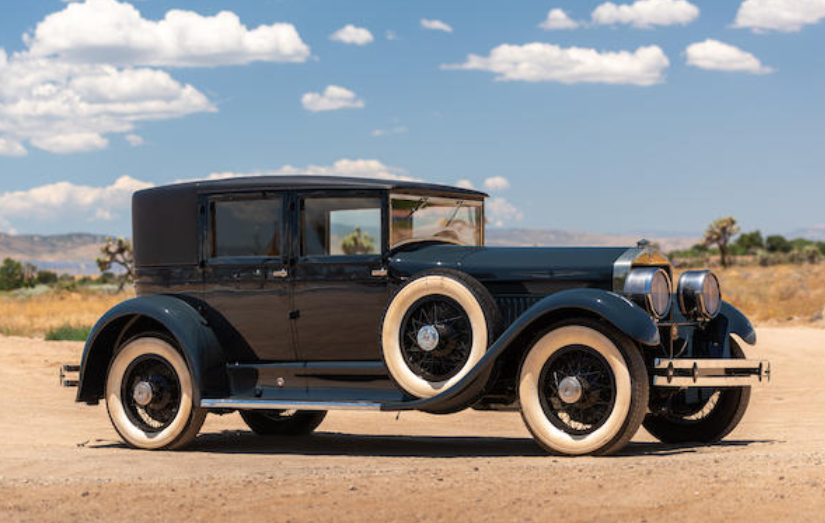1903 Velox Miniature Velox
Offered by Bonhams | Beaulieu, U.K. | September 7, 2019
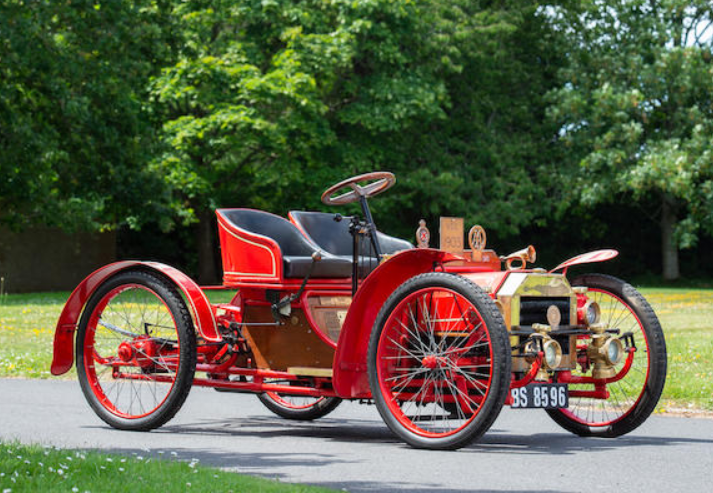
The Velox Motor Co. Ltd. of Coventry began producing cars in 1902. They offered at least three models during their short history (they went out of business in 1904), ranging from 20 horsepower touring cars to this, the Miniature Velox.
It is powered by a single-cylinder engine rated at 3.5 horsepower. The car included some pretty bizarre features for 1903: a tubular frame, an inverted suspension, and a front-engine/rear-wheel-drive layout, and dual chain drive (one going from the engine to the mid-mounted gearbox, and one going from there to the live rear axle).
Though they were around for three years and offered multiple models, the company only produced 21 automobiles. Total. And this is the only one that survives. It is London-to-Brighton eligible and should sell for between $48,000-$60,000. Click here for more info and here for more from this sale.
Update: Sold $64,454.

